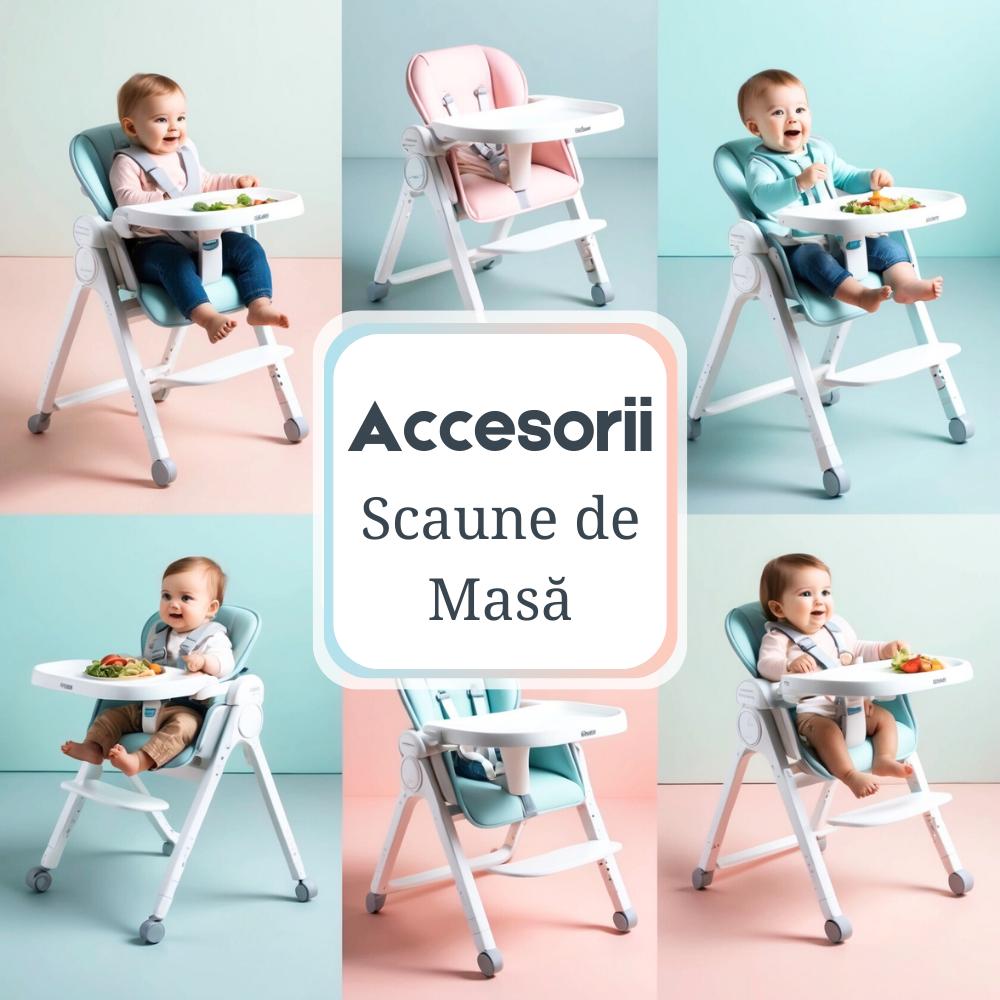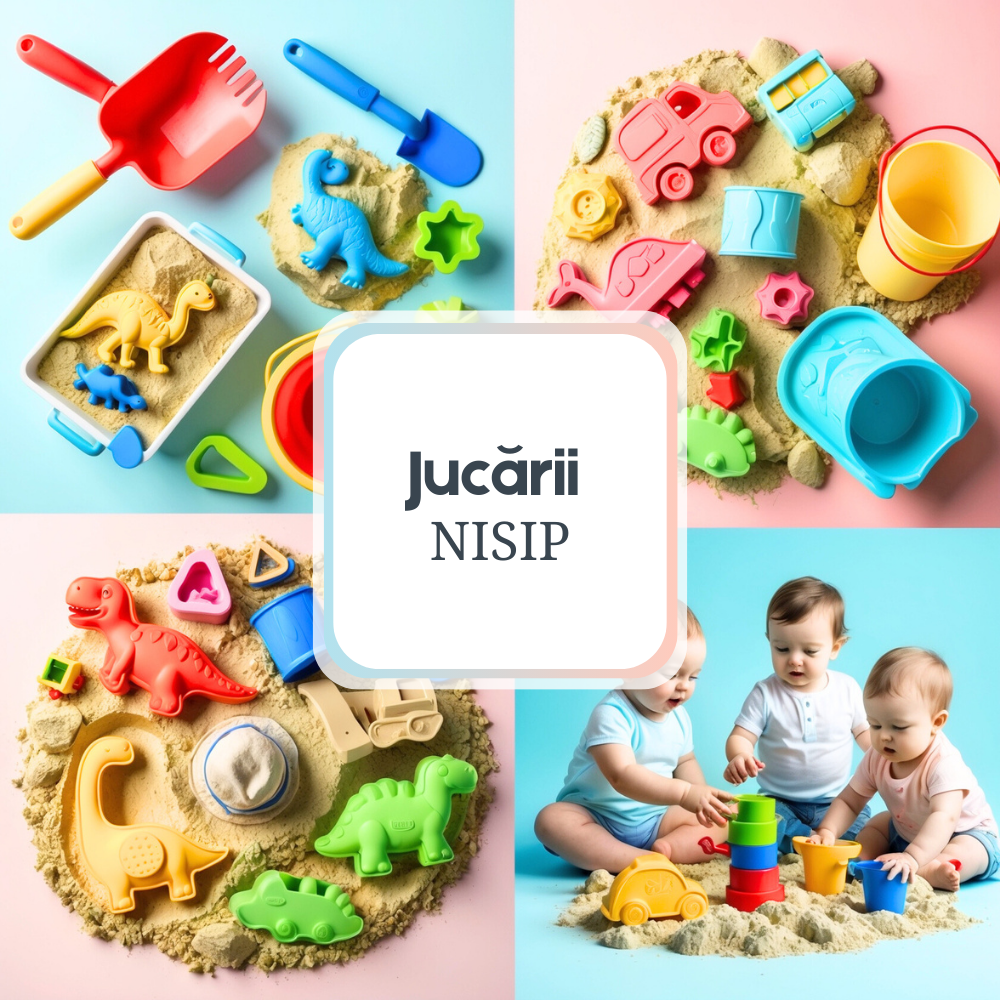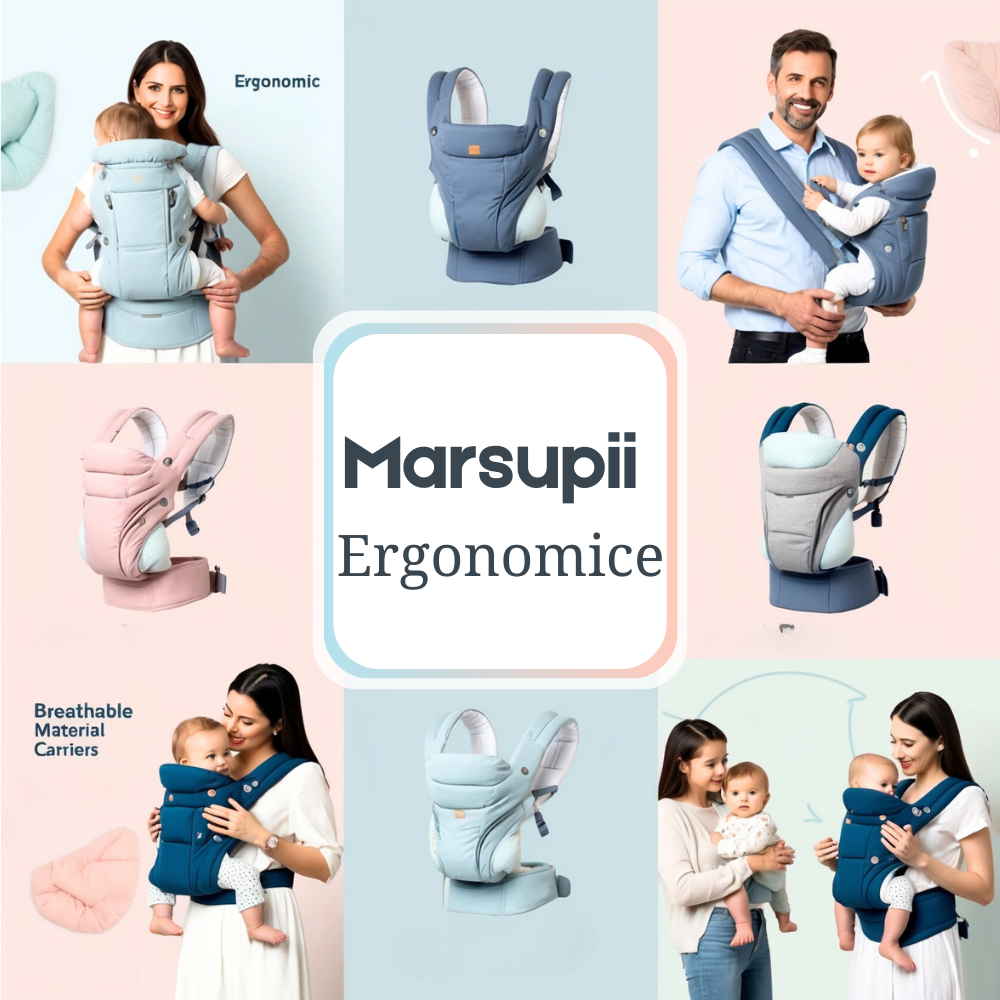Cesarean Section on Demand: New Regulations and Costs
In recent years, the number of cesarean births has increased considerably, becoming a popular option among pregnant women. However, this method carries certain risks and costs. In this article, we will explore in detail new regulations and costs associated with cesarean on demand.
What is Caesarean section and when is it recommended
Cesarean section is a surgical intervention in which the fetus is extracted directly from the uterus through an abdominal incision. Initially, this method was used only in cases of medical emergency, but nowadays it is also performed at the request of patients.
Cesarean sections are recommended by doctors in situations such as inappropriate fetal position, acute fetal distress, health problems of the mother that contraindicate natural labor, as well as in cases of multiple or previous pregnancies.
New Regulations Regarding Cesarean Section
Recently, new regulations have been introduced to capture the increasing trend in the number of caesarean sections on demand without a clear medical indication. These regulations aim to protect the health of both the mother and the child and to emphasize adequate information to patients about the risks and benefits.
An important aspect of these regulations is the need for the decision to proceed with a caesarean section to be made by the attending physician, following a complete medical evaluation. Patients are also encouraged to openly discuss their options with their doctor and make an informed decision.
Costs Associated with Cesarean Section on Demand
C-section costs can vary significantly depending on the clinic, specific medical needs and length of hospital stay. Traditionally, costs for a cesarean delivery are higher than for a natural birth, especially if the procedure is not covered by medical insurance.
It is important to point out that many private clinics offer packages for cesarean delivery, which can include many additional services that can influence the final cost. In addition, there may be other unforeseen expenses, such as those for additional medications or extended hospital stays.
Assessment of Risks and Benefits
Like any medical procedure, cesarean section involves certain risks. Complications such as incision infections, bleeding or adverse reactions to anesthesia are possible. Also, recovery from a C-section is generally slower than after a natural birth.
On the other hand, cesarean delivery may be preferred in certain specific medical cases and may be a life-saving decision when the life of the child or the mother is at risk.
Post-Cesarean Birth Options
What birth options are available to mothers who have had a previous cesarean birth? It is vital that patients discuss with their doctor the possibility of vaginal birth after caesarean section (VBAC). Although possible, VBAC comes with its own set of risks and requires close monitoring.
In some cases, a second C-section may be the only safe option. This will be determined by many factors, including the type and location of the previous incision and the mother's general medical history.
Post-Caesarean Care and Recovery
The recovery process after a C-section takes time and proper care. During the first few weeks, it is essential to avoid heavy lifting and allow enough time for rest.
It is important for mothers to seek support from their partner, family or friends during this time, as caring for the newborn will require attention and effort. In addition, the physician's recommendations regarding incision care and pain management should be strictly followed for optimal recovery.
Conclusion
A caesarean section may be a viable option for many women, but it should be considered seriously and following a detailed discussion with your doctor. The new regulations aim to better strengthen patient safety and information, and the associated costs must be carefully assessed.
Ultimately, the choice of delivery method is personal and depends on many conditions and health factors. Full information and open communication with the medical team is vital to choose the best path for mother and baby. If you have any concerns or questions about cesarean birth, consult your doctor and make an informed decision, thinking of both your well-being and that of the baby you are expecting.














































































































































